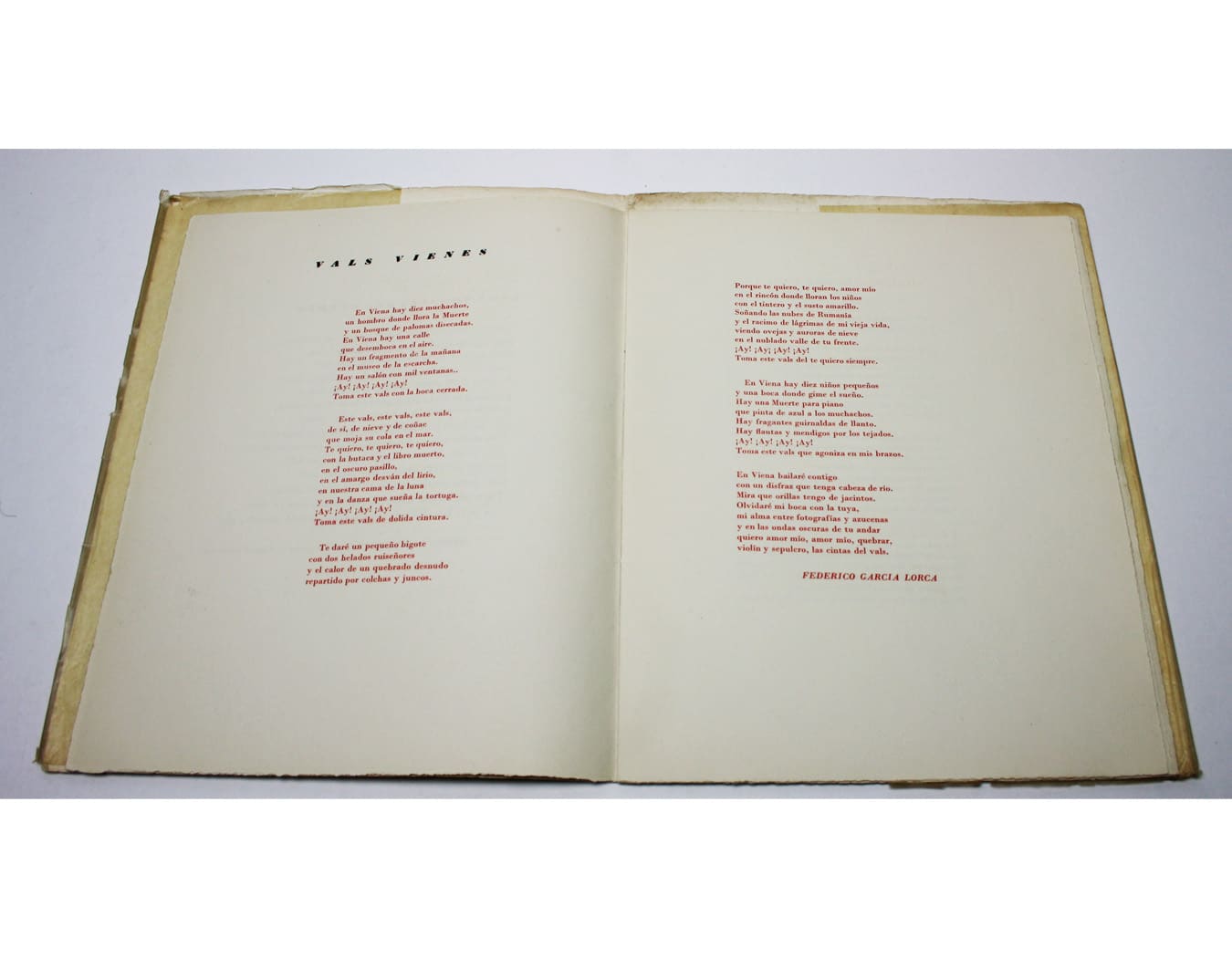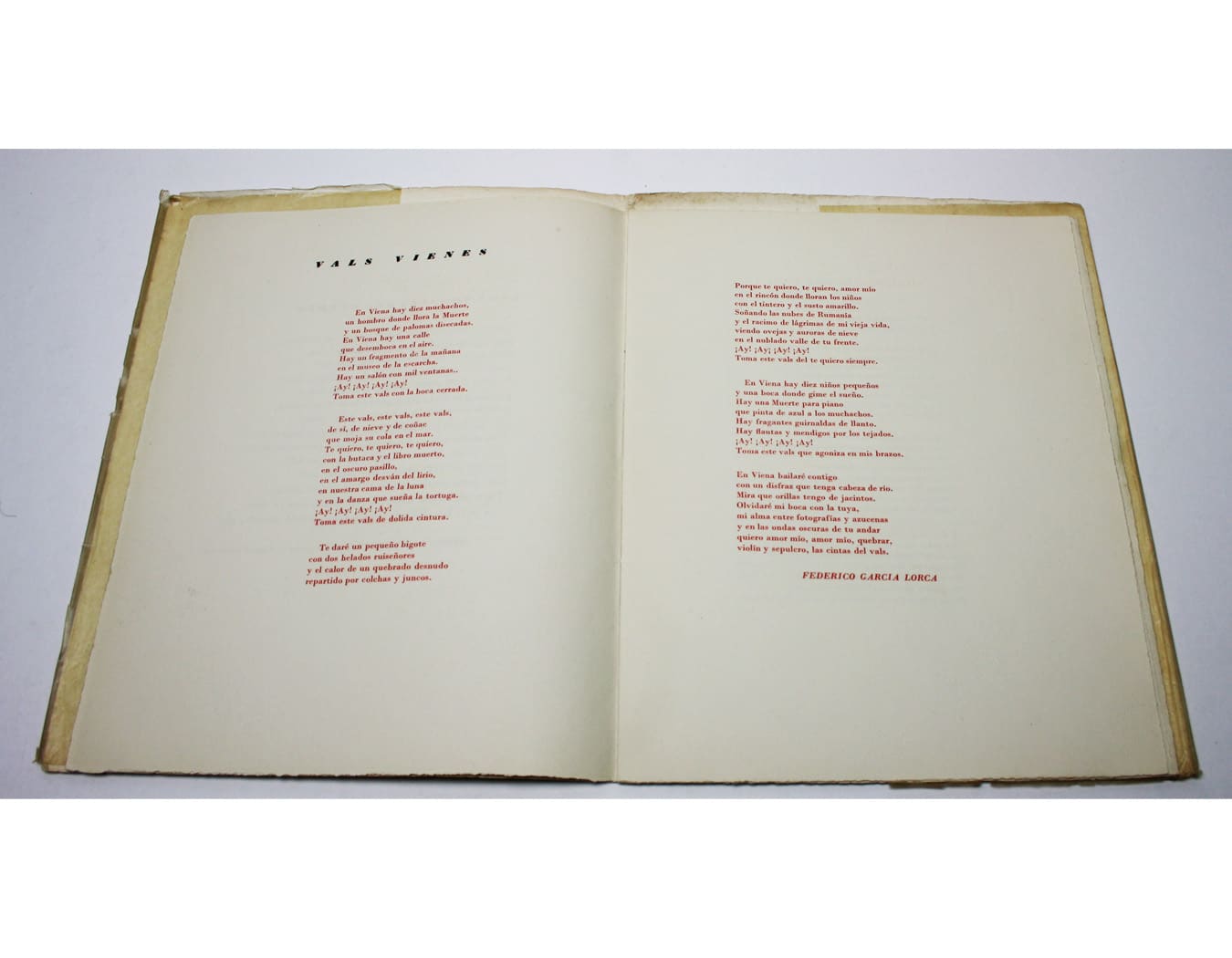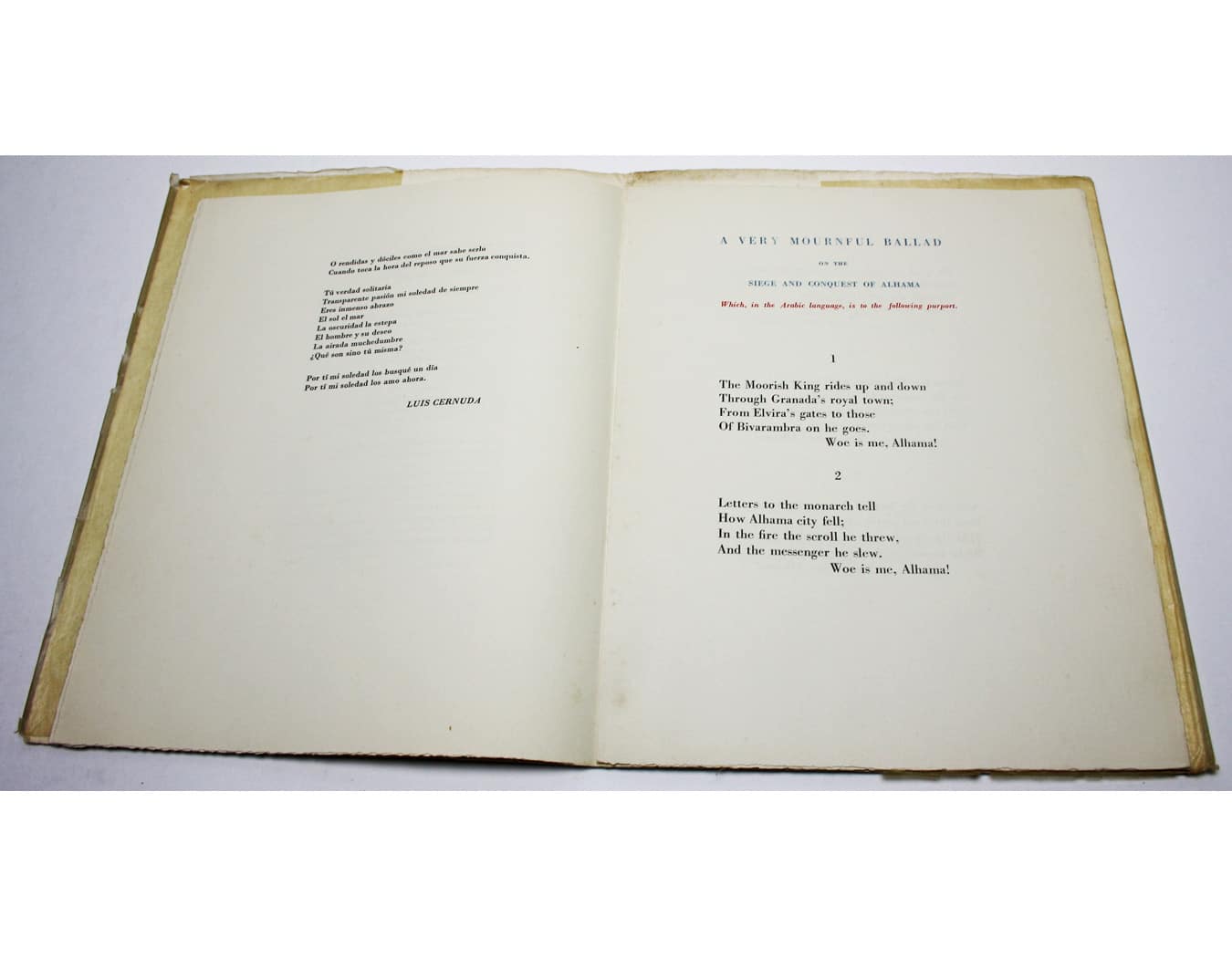
1616 saw the death of WS and M de C
On 23 April the International League of Antiquarian Booksellers will, for the second time, promote a worldwide series of "pop-up book fairs". In 2015 this initiative, based around UNESCO's World Book and Copyright Day, raised over 10,000€ to support child literacy in South Sudan (and helped generate publicity for old books, too); this year, they hope to do even better, and we wish them every success.
But why 23 April? ILAB themselves say "In 2016 World Book & Copyright Day will be the 400th anniversary of the death of both Shakespeare and Cervantes". Both writers are of course the established poster boys for their respective countries' literary traditions, so it's quite a coincidence, isn't it? Admittedly, UNESCO themselves are a little more guarded in their claim: on their website, their Director-General, Ms Irina Bokova, states that "William Shakespeare died on 23 April, 1616, preceded by only one day by Cervantes". This is because 23 April is recorded as the date of Cervantes' burial, rather than his death, and it is reasonable to assume that he actually expired a day or more beforehand. And yet… not even UNESCO tells the full story. That's because England was still on the Julian calendar in 1616 (we didn't get our act together and adopt the Gregorian one until 1752, amid widespread protests that time was being stolen from decent, God-fearing, law-abiding Brits). So Shakespeare actually died at least ten days after Cervantes, knocking any idea of global synergy fairly firmly on the head. (And his plays were not written by Francis Bacon, and Bacon didn't write Don Quixote, either: although that has been suggested. "I know it's true, I saw it on the Internet…")
However… Cervantes and Shakespeare were both great writers, and they did die in the same year; so it wasn't inappropriate for a couple of young Spanish writers, who wanted to stress the cultural links between England and Spain at a time of great political upheaval, to make the connection. (They didn't mention 23 April, by the way.)
1.616 saw the death of W.S. and M. de C.
This extraordinary periodical, subtitled ‘English and Spanish Poetry’, was the creation of the modernist Andalusian poet Manuel Altolaguirre (1905-1959) and his wife Concha Méndez. It was published in London, in 1934-35, and ran to ten issues. Altolaguirre was in London on a government-funded university scholarship to study both English poetry and printing methods, and this handsome publication (quarto, silk-stitched, typically printed in four colours) was the result.
The circulation is unknown, but it seems likely that only around two hundred copies were printed, and it is now rare, with Worldcat recording only copies at BL, Yale and (possibly an incomplete set) Northwestern. Even the 1981 reprint is very hard to find. It is also, from a literary and historical point of view, important: contributors included Rafael Alberti, T. S. Eliot and (in the first issue) Federico García Lorca, whose poem ‘Vals vienés’ appears here in a slightly different version from the one widely known today.
Altolaguirre and Lorca knew each other well, and the former took over the latter’s travelling theatre company ‘La Barraca’ after Lorca’s murder in 1936. WS and M de C are, of course, Shakespeare and Cervantes, the most renowned of the writers from each of the countries whose poetic tradition was being celebrated. Neither writer seems to have shared the particular interests of either Méndez or Altolaguirre, but the coincidence of their dying in the same year evidently resonated with the young couple. And the magazine they produced remains as a testament to the turbulent era in which it was produced.





Leave a comment